On Dec. 5, 11 senior students from the Professional Practices class taught by Professor William Friebele, presented their individual semester-long projects in the Julio Fine Arts Gallery. Each work produced is intensely personal, demanding vulnerability from the artist and requesting the vulnerability of the viewer. The use of so many self-portraits encourages a matched vulnerability in their audiences, which is truly a creative feat. These students have created a, be it possibly unintentional, snapshot of the human condition and how every piece of it somehow overlaps with another. Even for just the beautiful, aesthetic quality of the art, the exhibit – called “Para11els” to represent the 11 artists and highlight the parallels in expressions of the human condition – is definitely something worth seeing before its close on Dec. 16.
Jay Mendez’s installation opens with a doorway immediately to the left. Every square inch of wall space is covered with close up photographs of countless individual eyes. When speaking on the set purpose of her piece titled “Them,” Mendez ‘20 felt “challenged to do something [she] hadn’t done before…something impossible, something big.” The sight is overwhelming and unique, to say the least.
The eyes that Jennifer Meigs ‘20 depicts in vibrant chalk pastel on the other side of the room take a more introspective approach in comparison to Mendez. Meigs set out to portray various mental illnesses (insomnia, bipolar disorder, schizophrenia, and post-traumatic stress disorder) that cause sleep deprivation and the effects they have on the person’s perception of the world. In her artist statement she wrote, “I explore the inability to sleep as a subject so that viewers not only gain a deeper understanding of these illnesses but also empathize.” The connection of eyes and views to mental illness and individuality truly proves that the eyes are the window to the soul.
In another portrayal of a mental illness, this time focused on depression, Emma Hagedoorn ‘20 used underwater photography to represent the various depths and stages of being depressed in her work titled “The Feeling of Blue.” The background of the photos might seem familiar to Loyola swimmers and divers, as Hagedoorn shot the entire series of photographs in the pool at the Fitness and Aquatic Center. Each image and dress represents different stages of the mental illness. She explained in her artist statement, “The color of each dress portrays the escalation of depression from beginning to end – the initial fall to the darkest of times to a hopeful release.”
Veronica Tensfeldt ‘20 used water as the main element in her concentration as well. Her engulfing acrylic paintings act as “moments of suspension – snapshots for others to fall into.” Through both conceptual and abstract representations of blue-green waters, Tensfeldt elegantly proves water holds emotion the same way humanity does.
Separately, artists Joshua Chrobak ‘20 and Lucy Fanto ‘20 explored different approaches to the decaying of bodies. Chrobak’s watercolor cells and crayon torso portraits used art as a narrative device to parallel “the scientific and somatic… the carnal and the cellular.” Through his passion for art and intimate experience with Lymphoma, Chrobak used an interdisciplinary approach to expose the reality of human sickness, “of the body attacking itself.”
Fanto also used interdisciplinary means to convey loss in her body of work. Originally a landscape painter, Fanto decided to push her artistic boundaries by creating three collages on scrolls of Thai banana paper. Each scroll is to represent a different kind of loss; top to bottom, they are loss of environment, humanistic loss, and loss of self. For Fanto, humanistic loss, or loss of human life, combines imagery of both religious and scientific explanations of death. Fanto’s collages are symbolic, leaving much to the interpretation of the audience.
Even though only six artists are mentioned here, it would be very possible to pin and lead a string – really any line of thought – around the room to each body of work in a way where they are all connected. The messages of value in humanity are overlapping, the strings strengthening and connecting, the lines then being anything but parallel. But, the parallels these artists have found between their intensely individual, personal experiences and the jaw-dropping art they produced is meaningful and beautiful.
Feature Image: Courtesy of Julio Fine Arts Gallery.



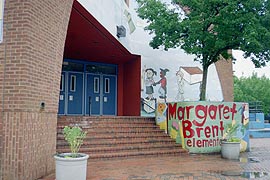
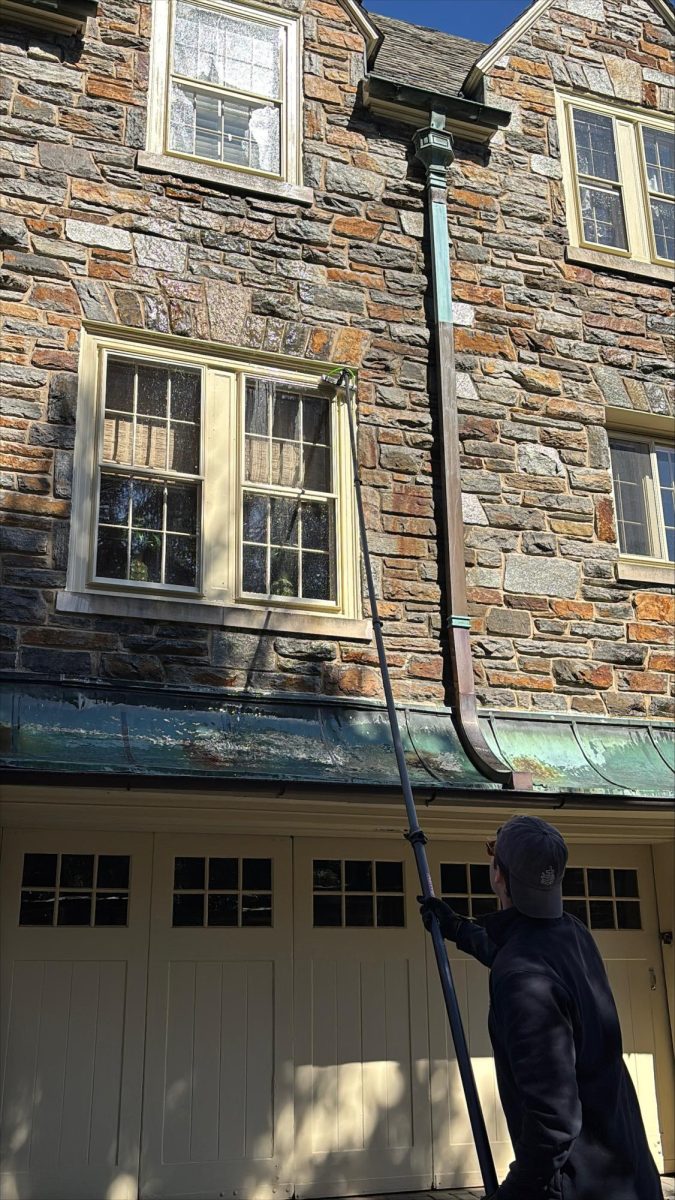




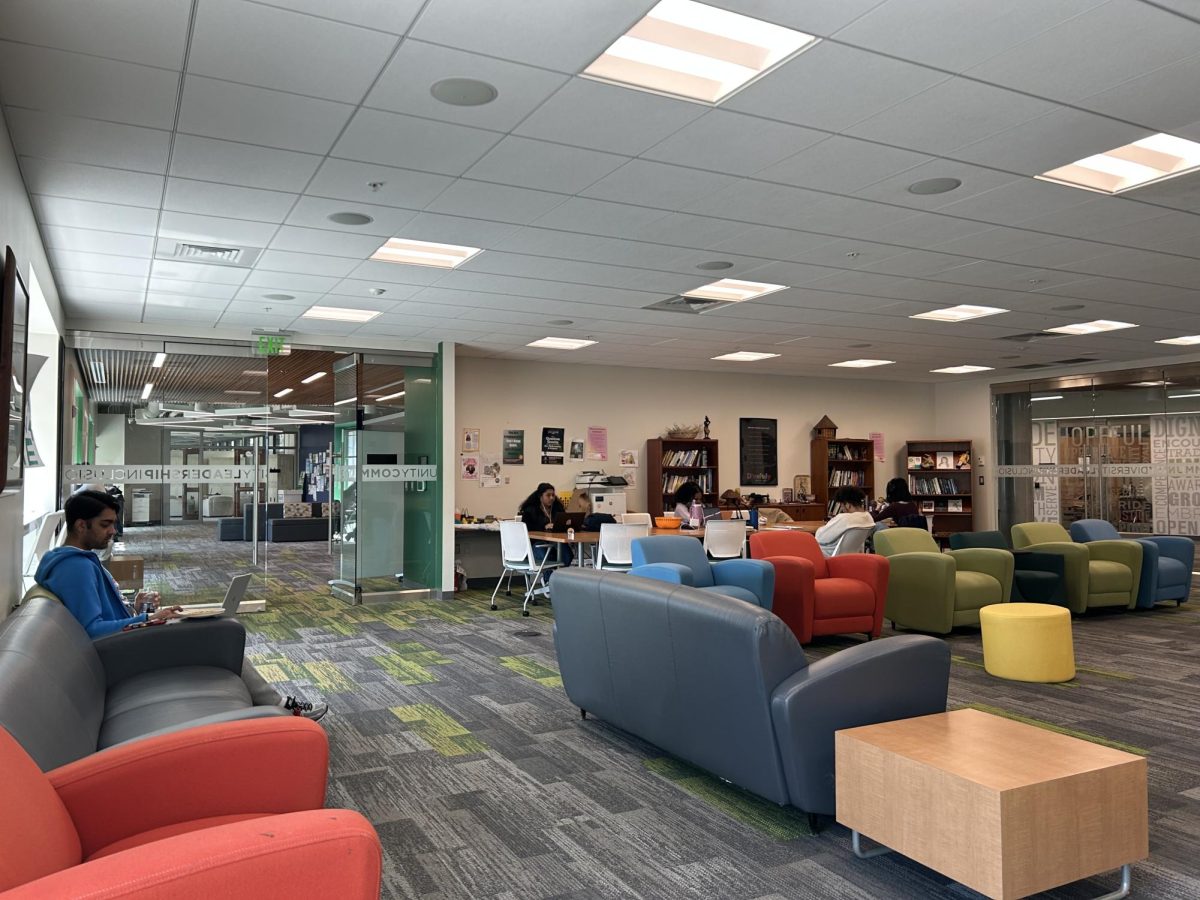


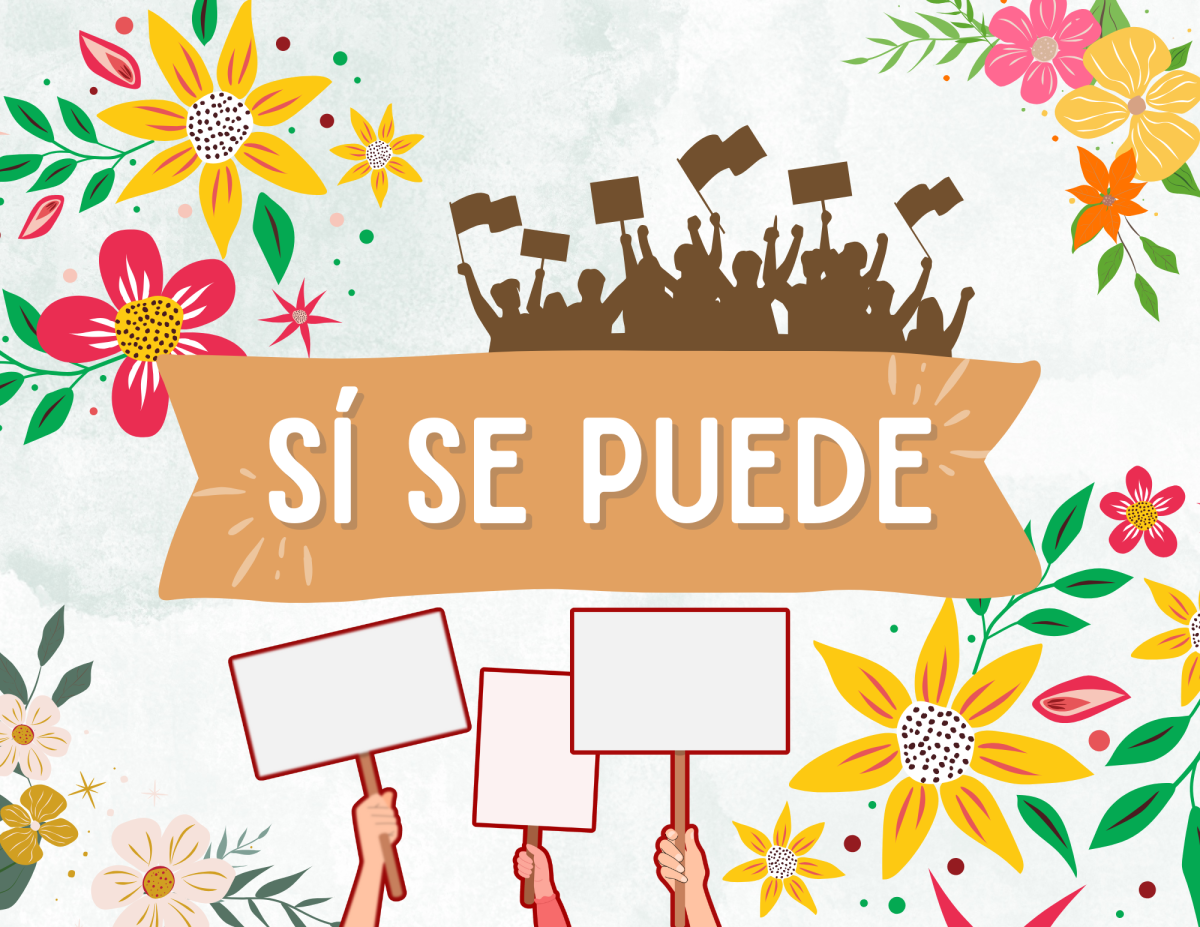


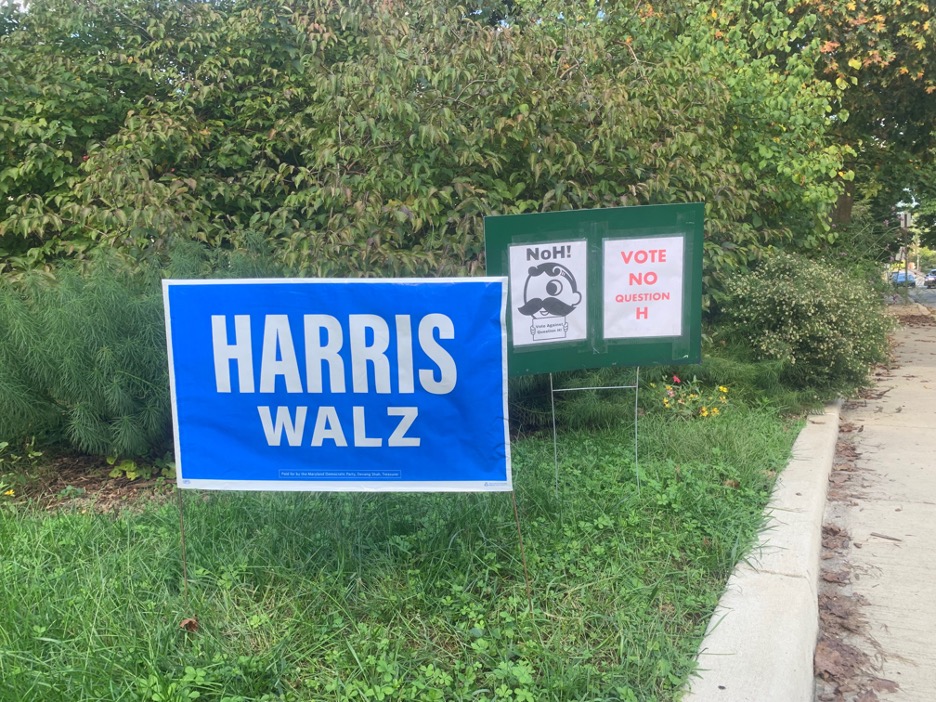


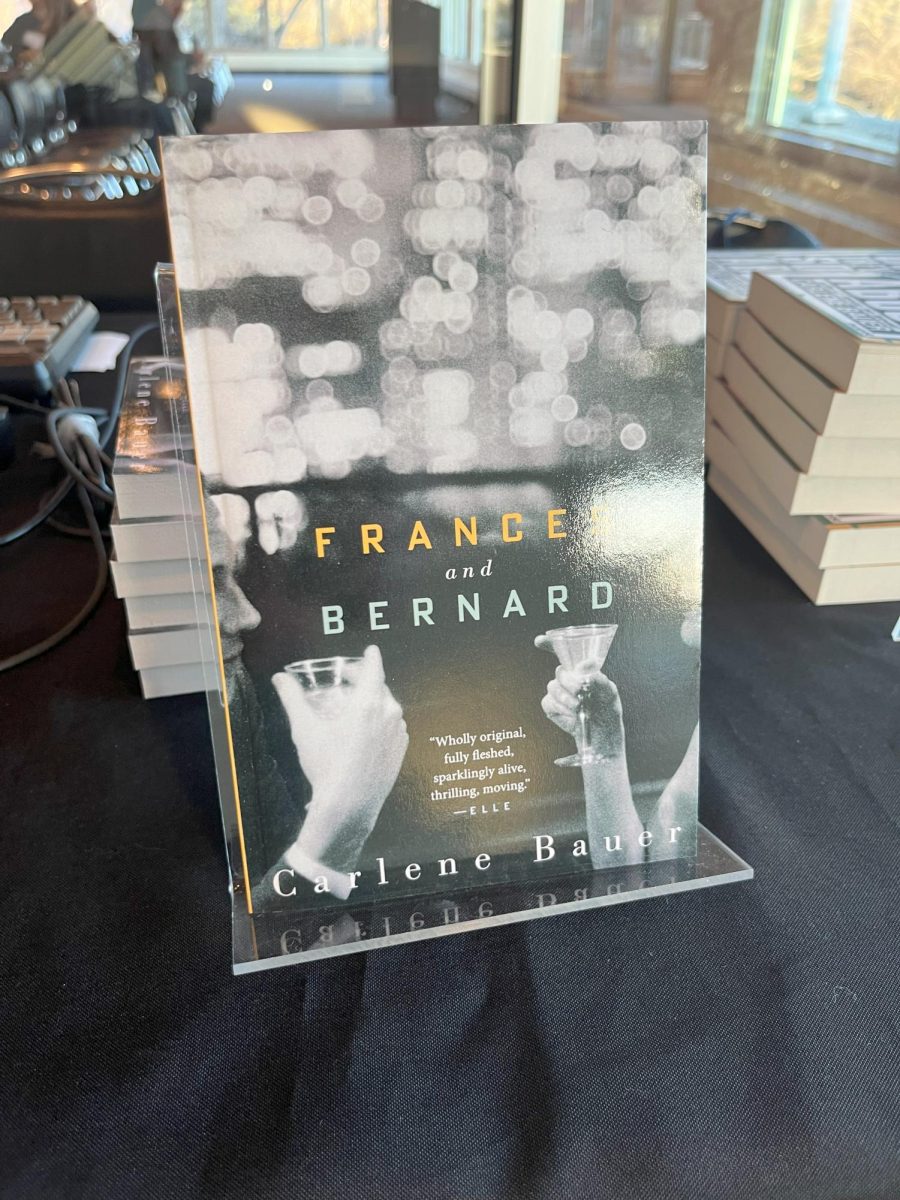




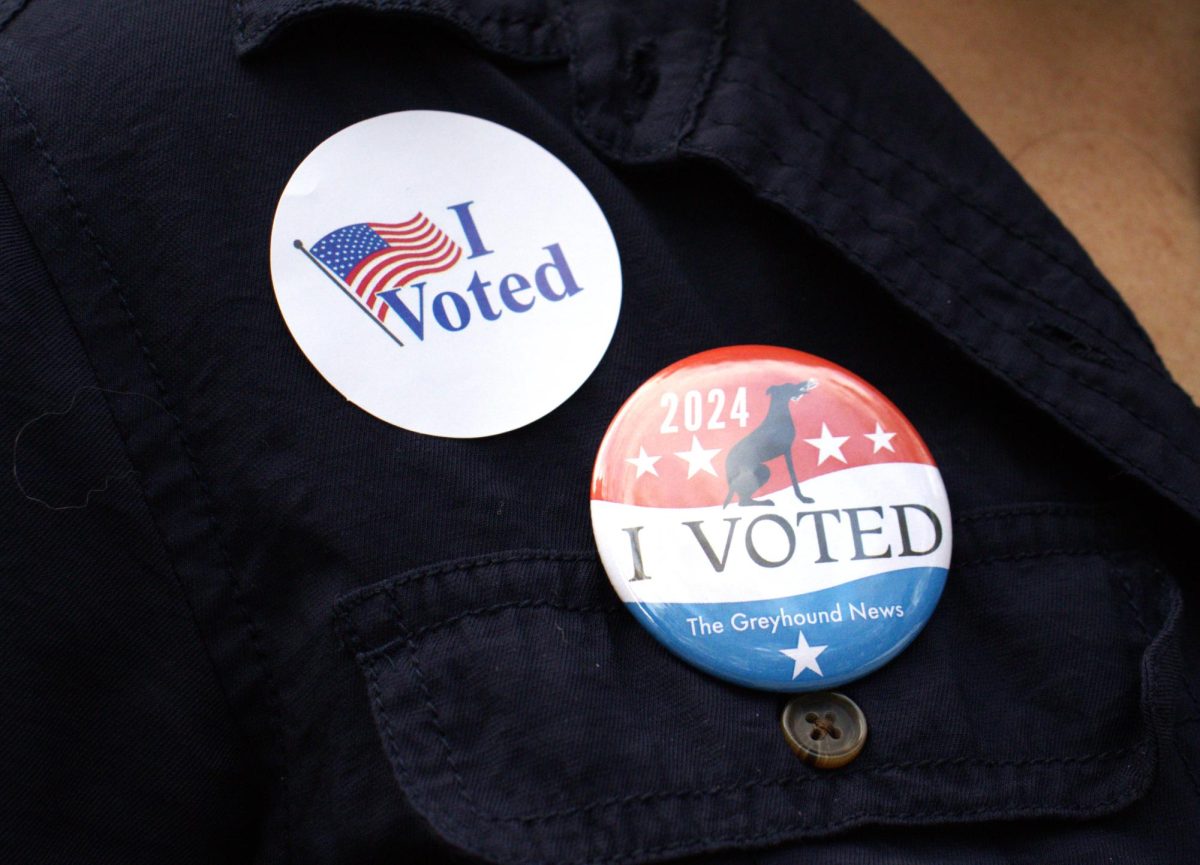
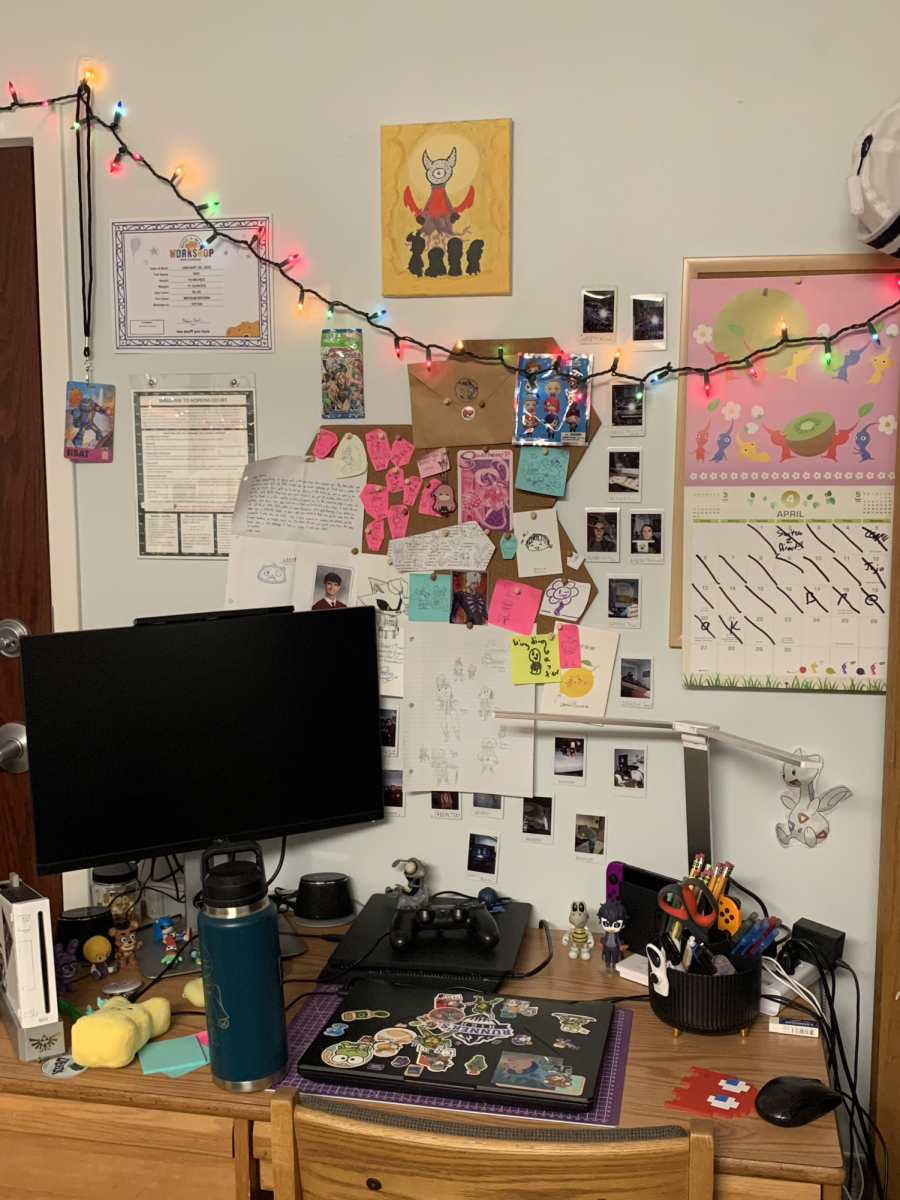
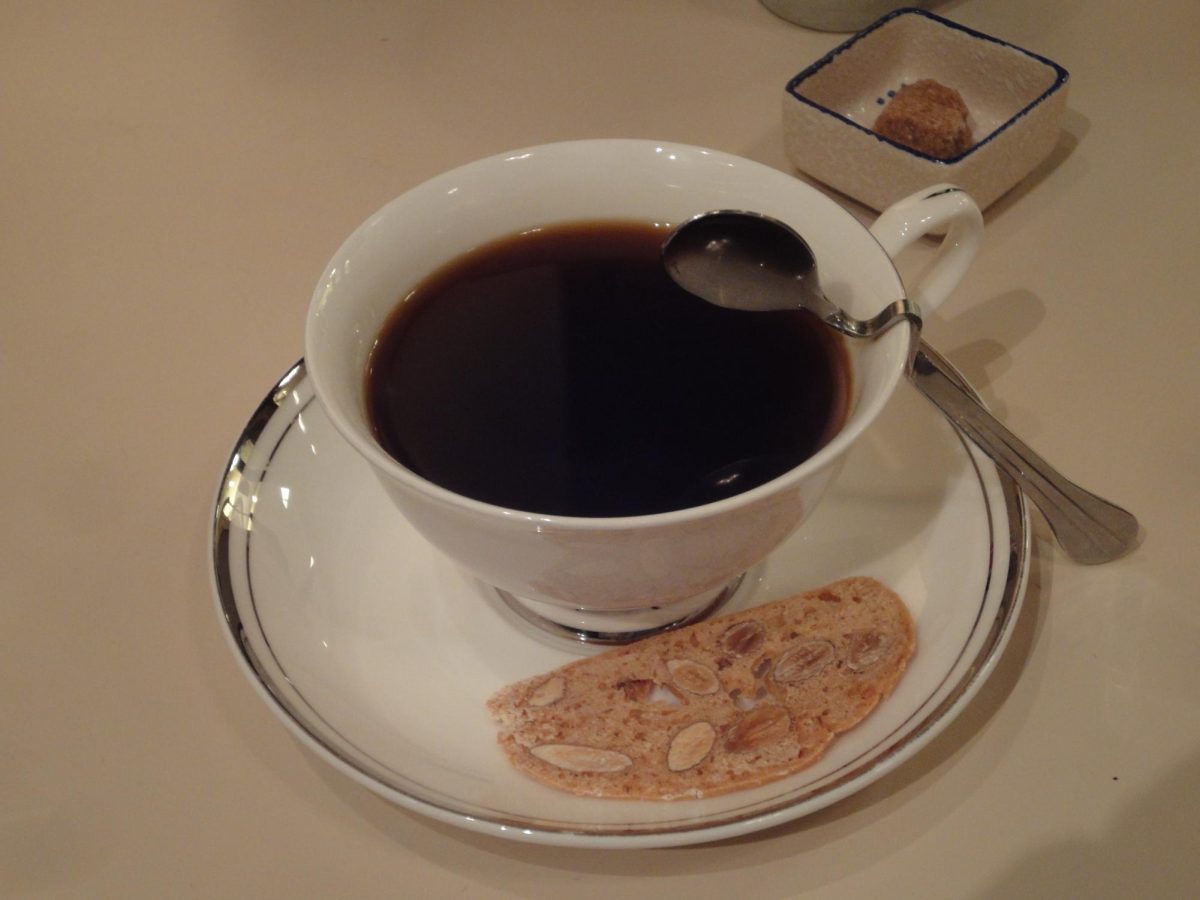
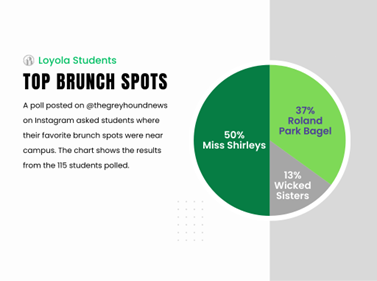
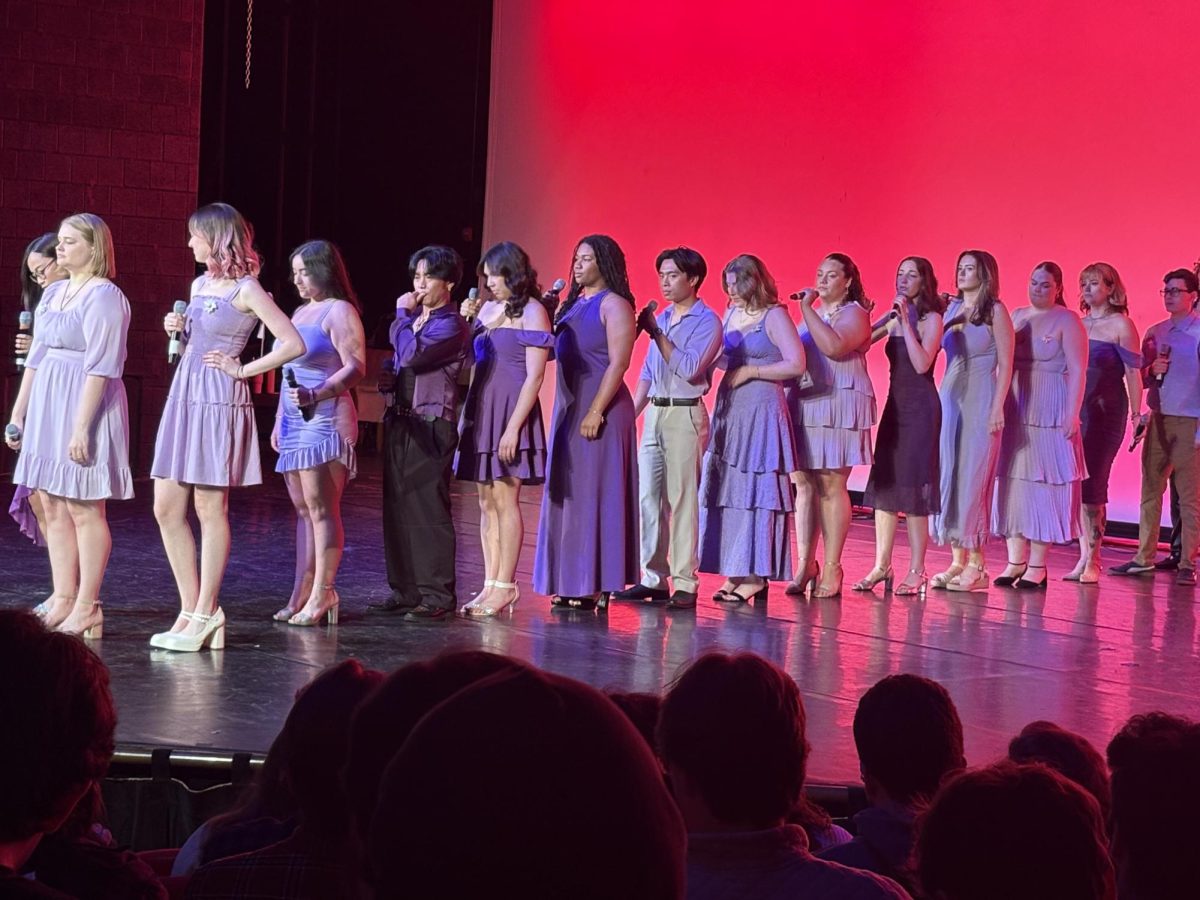
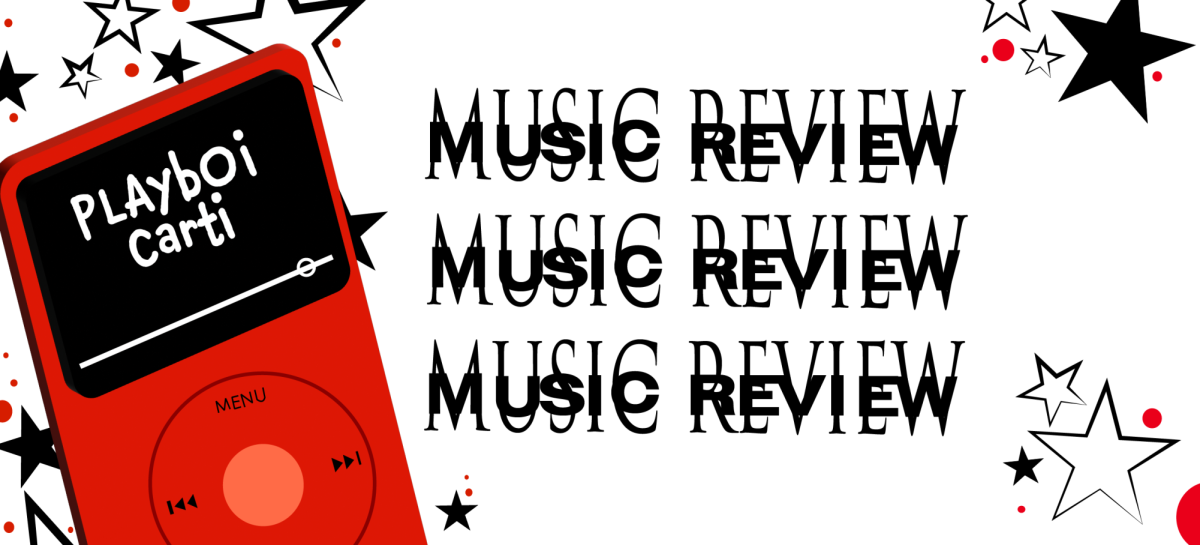
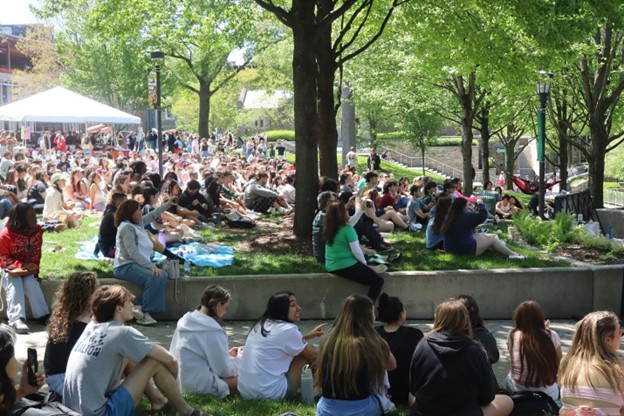


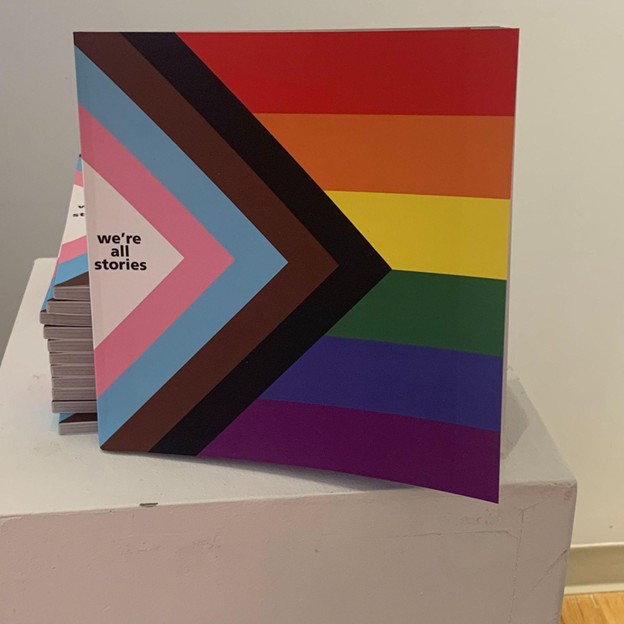
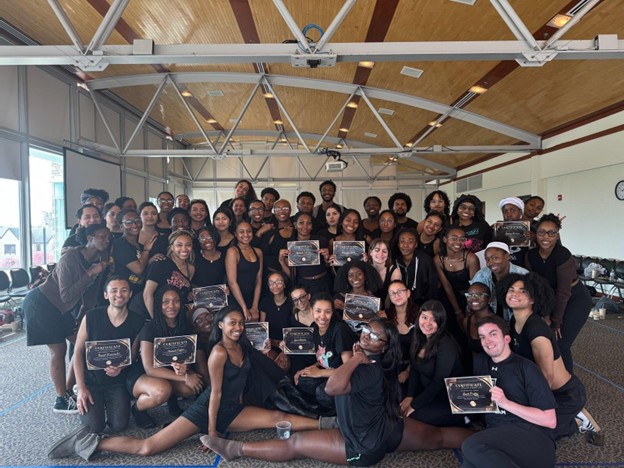
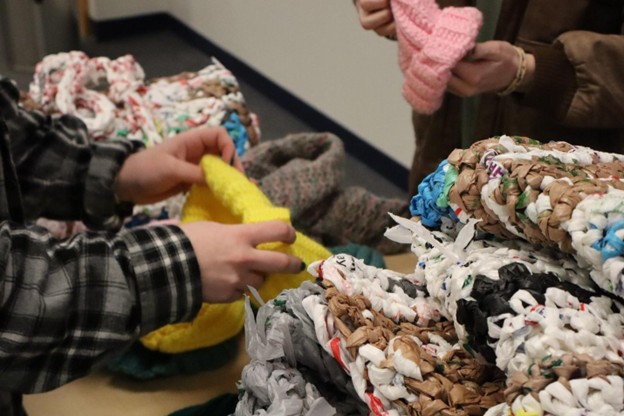

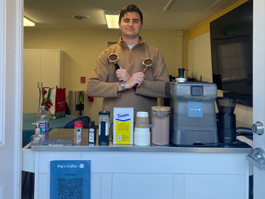
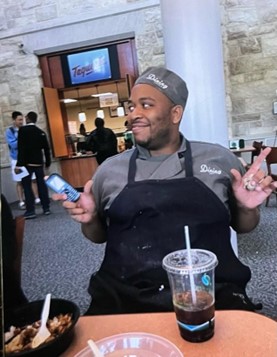
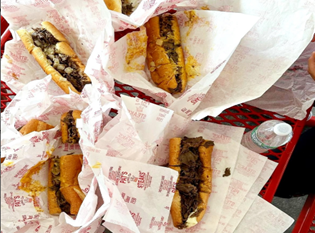




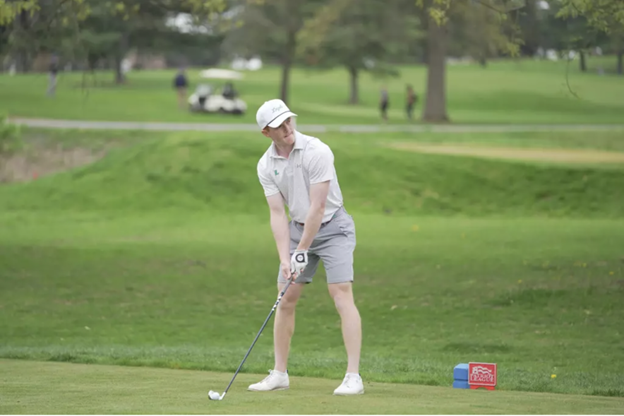
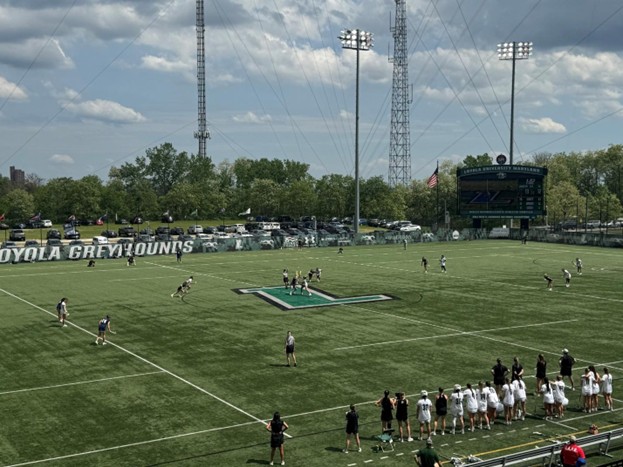
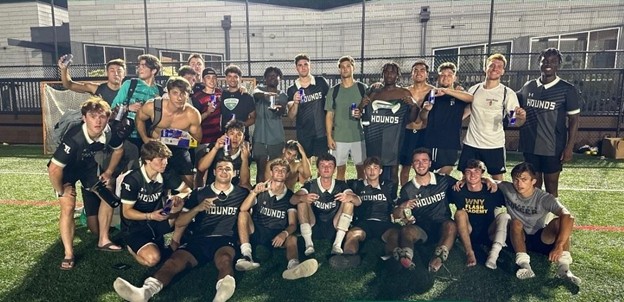
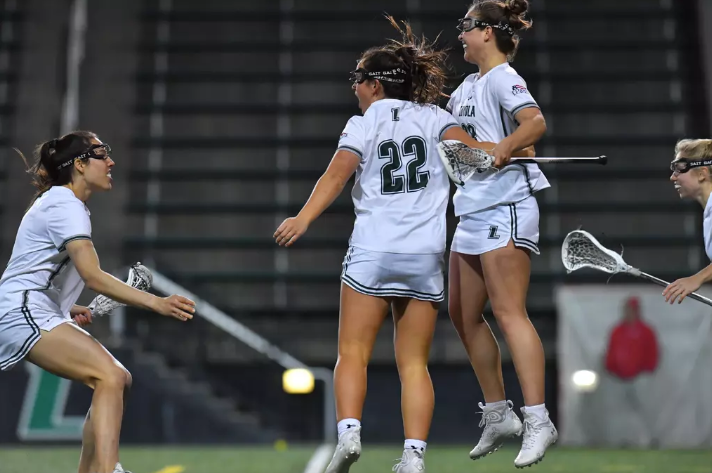

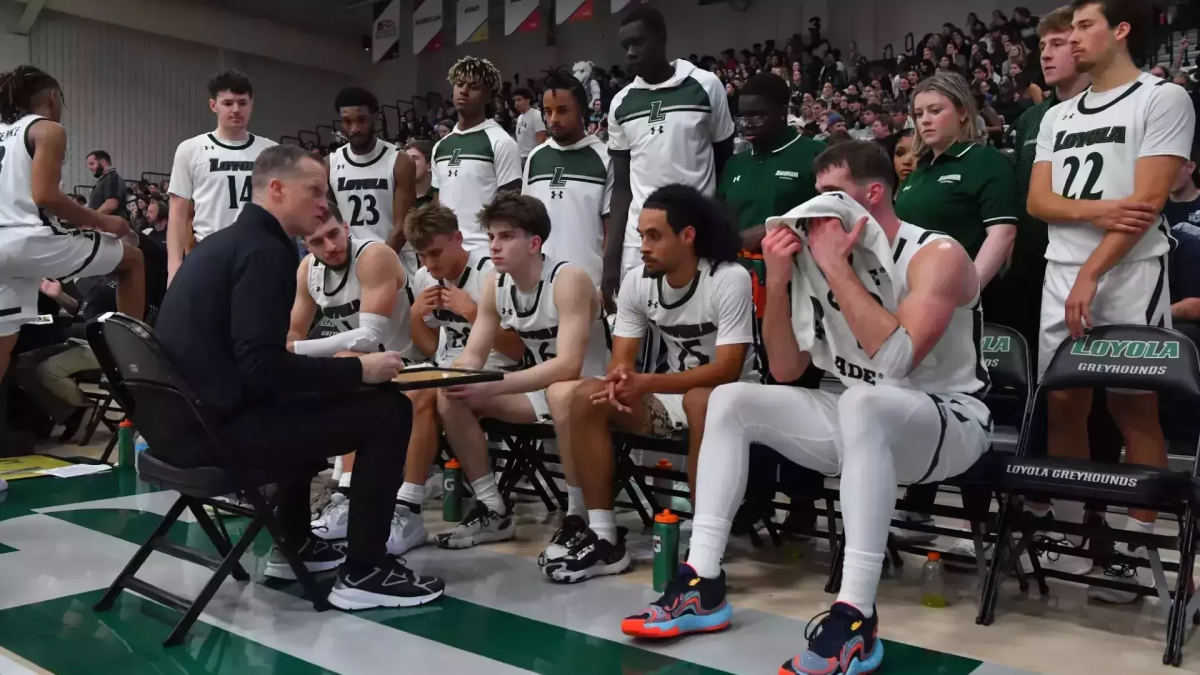
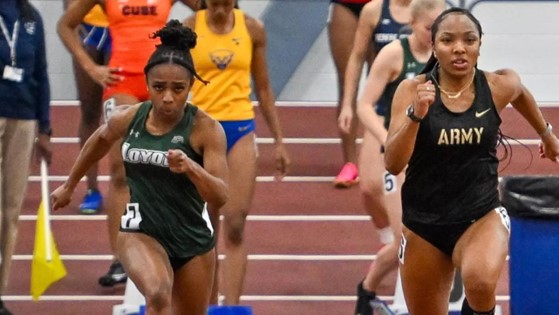
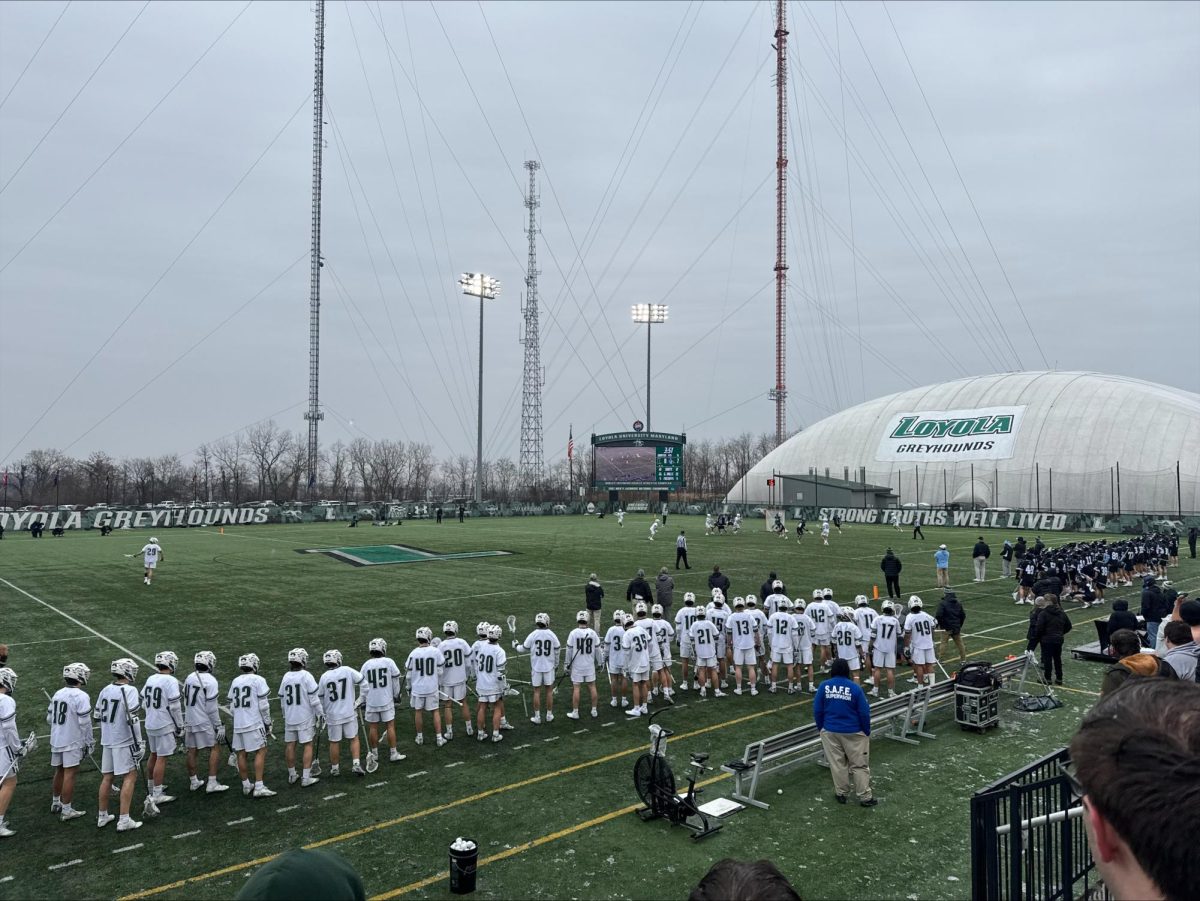







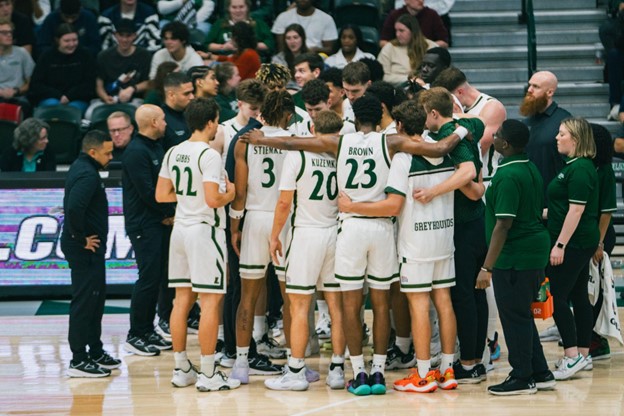










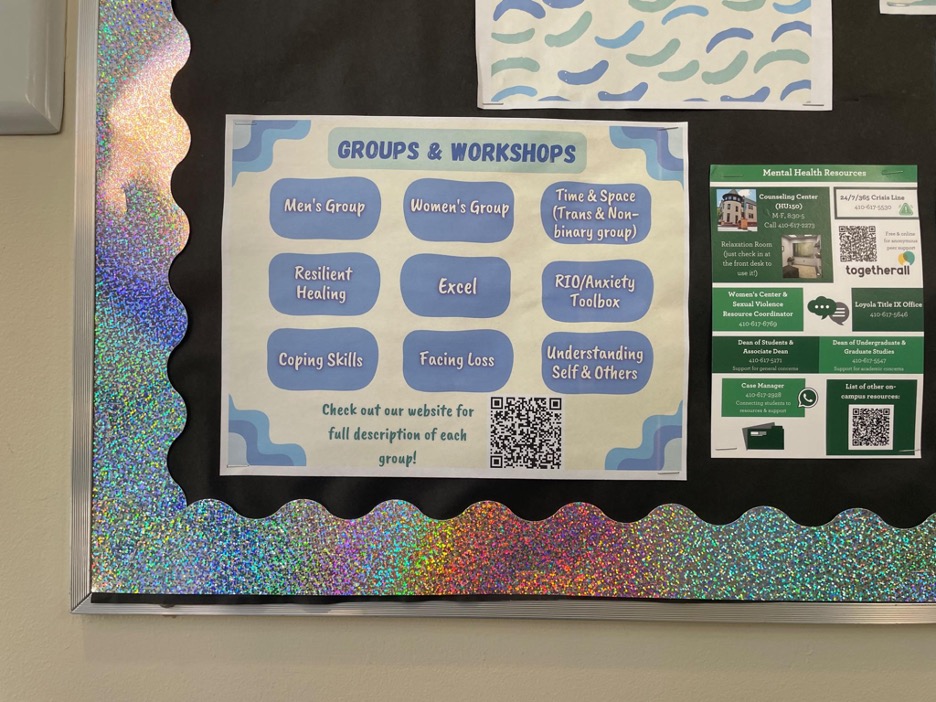

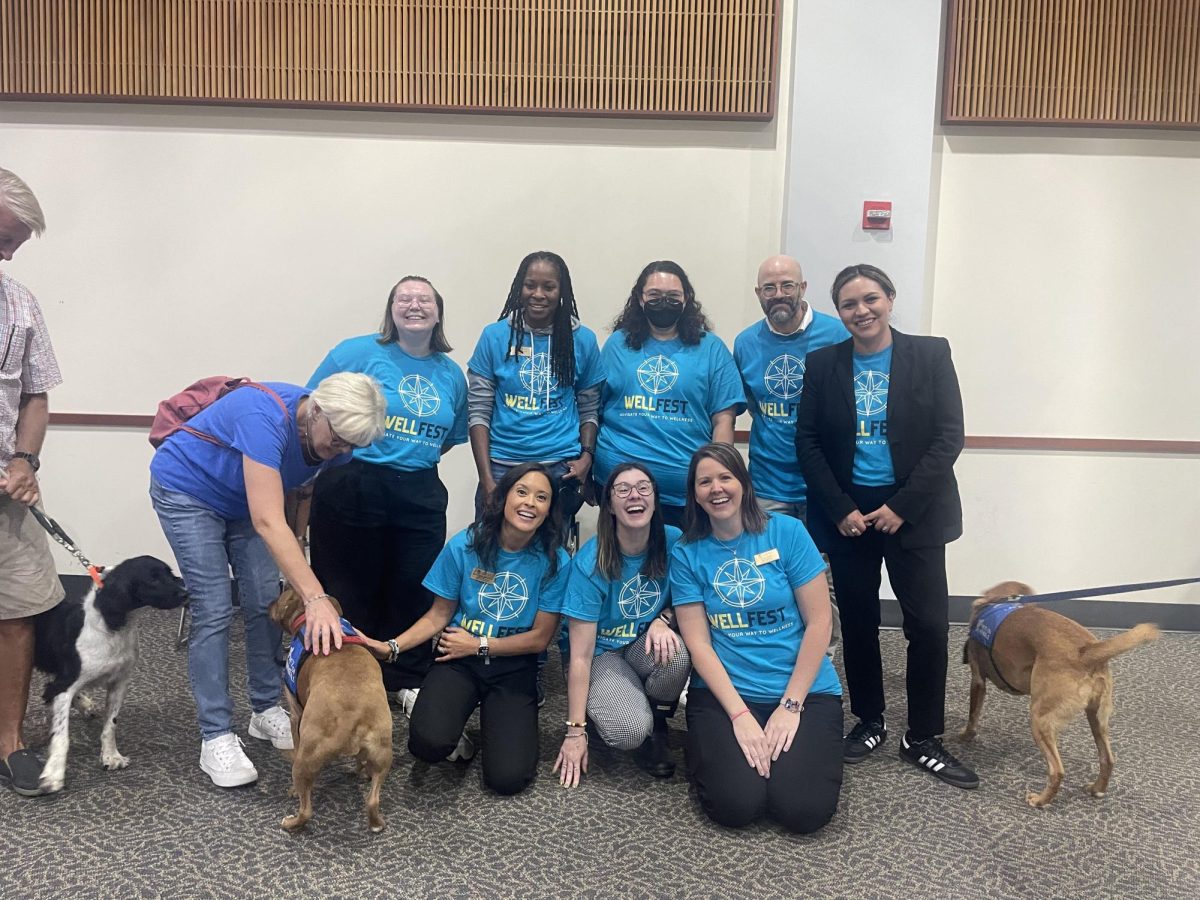


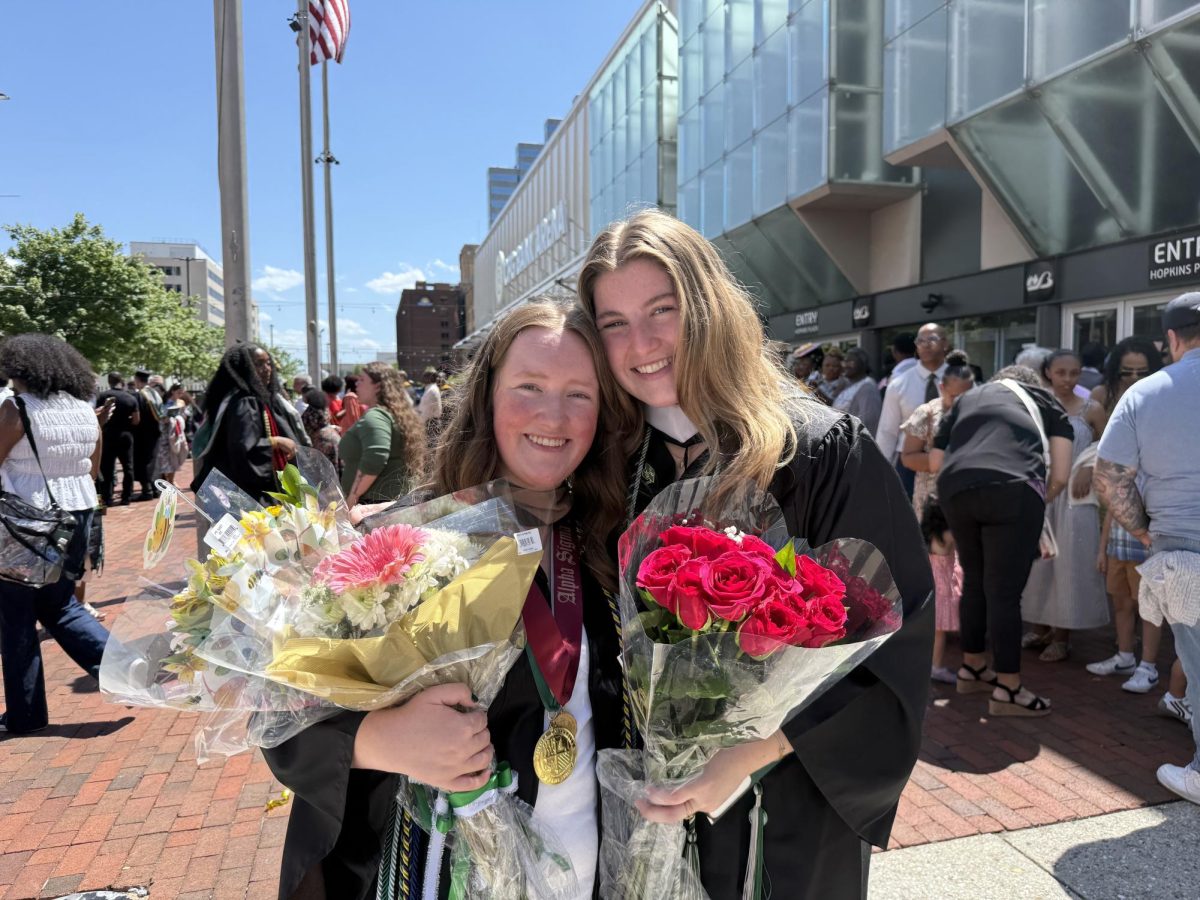
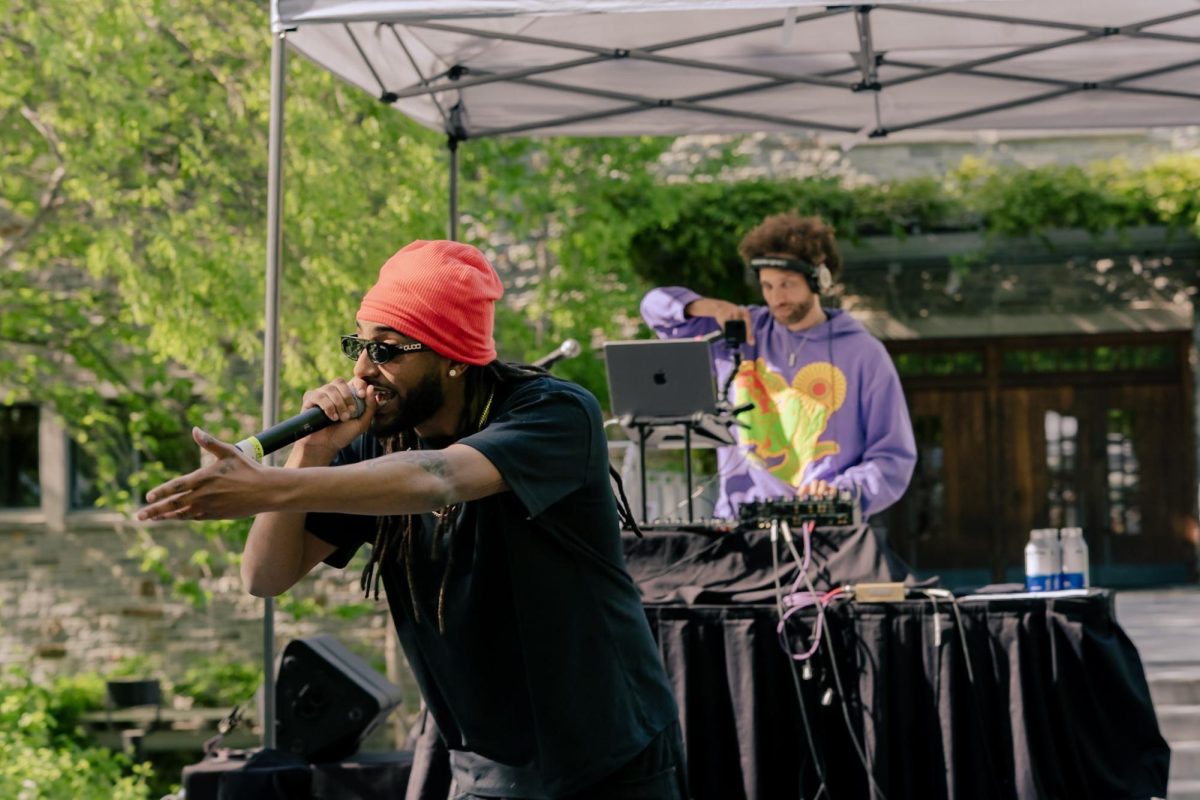
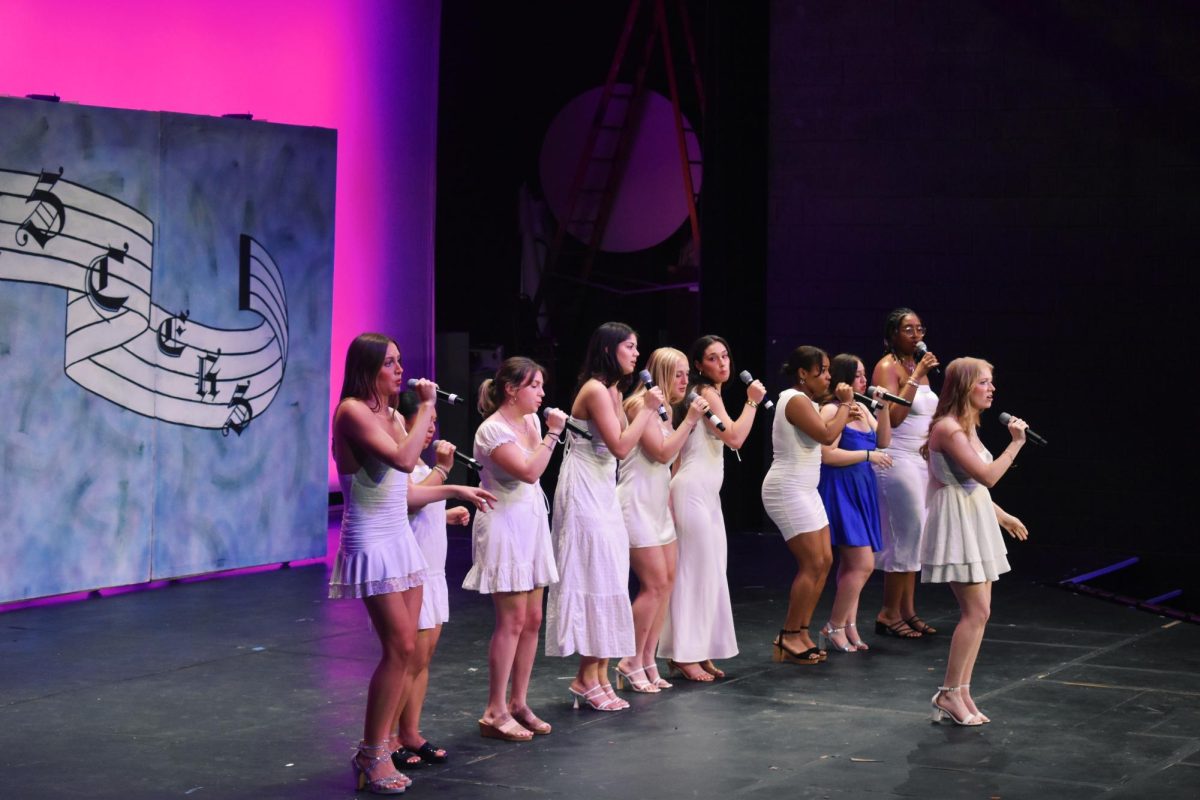
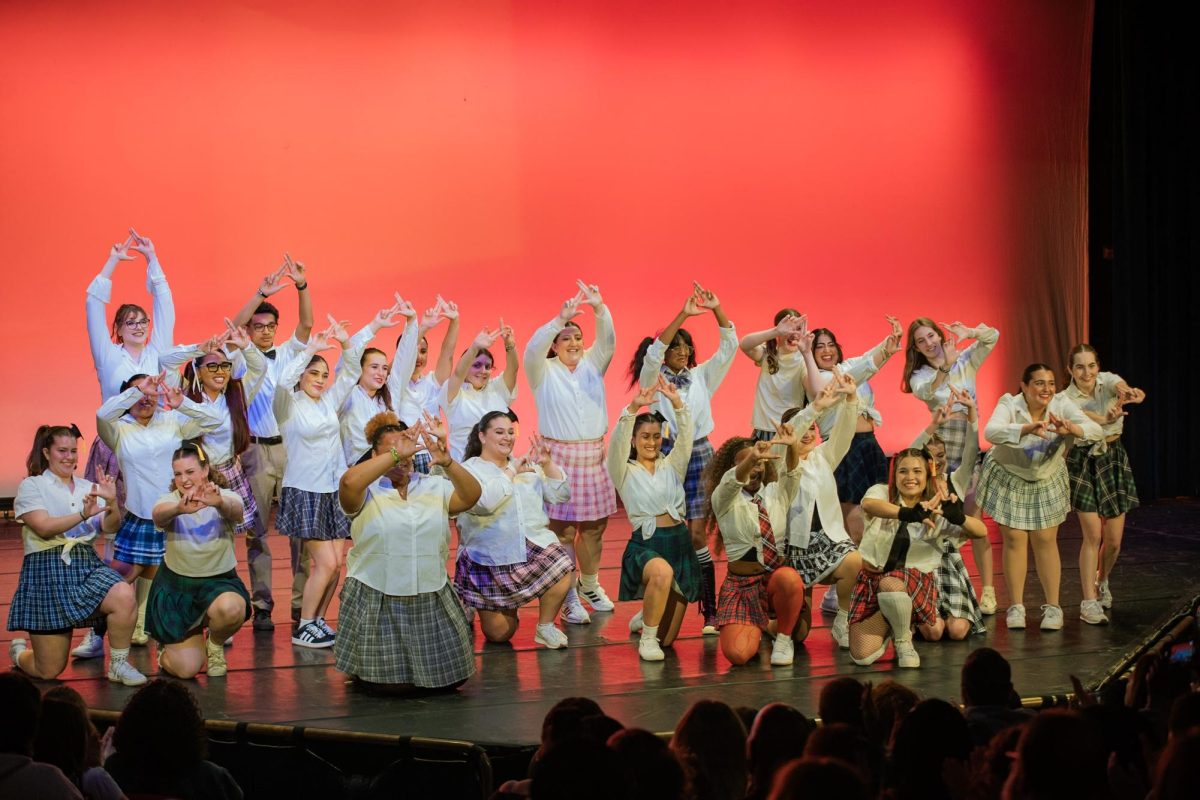
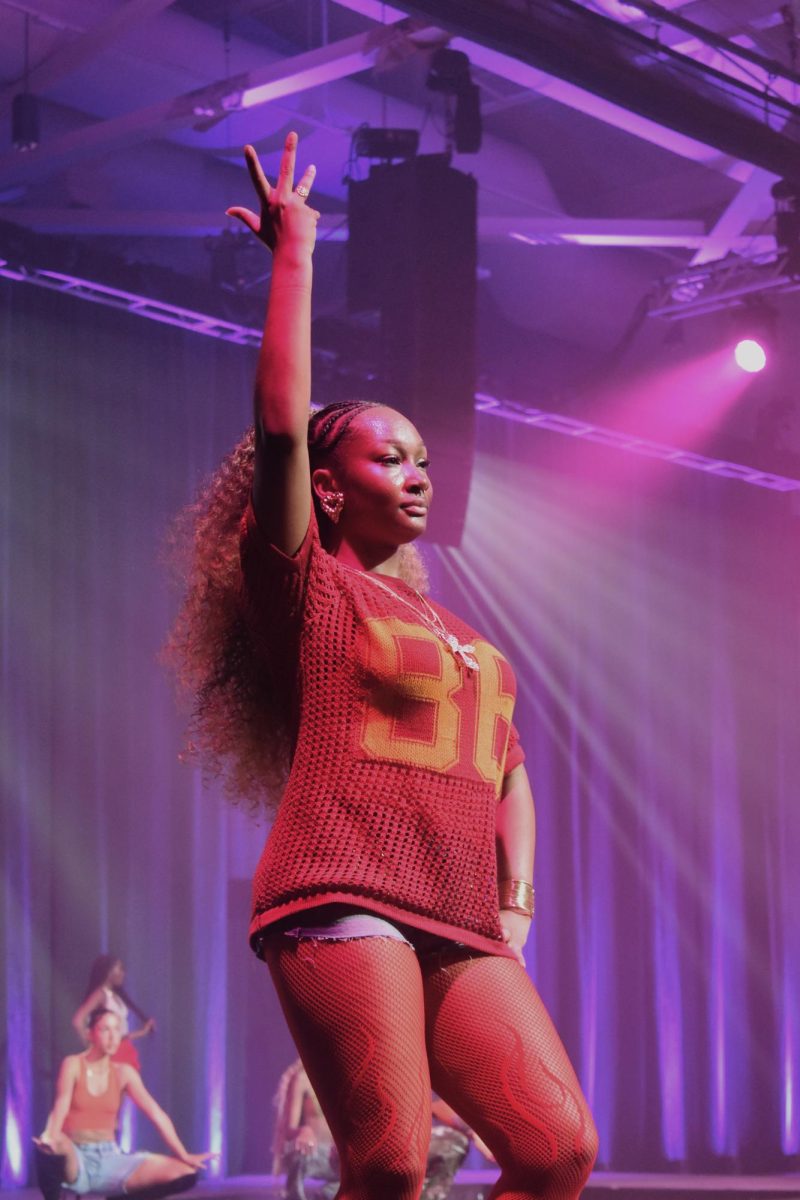

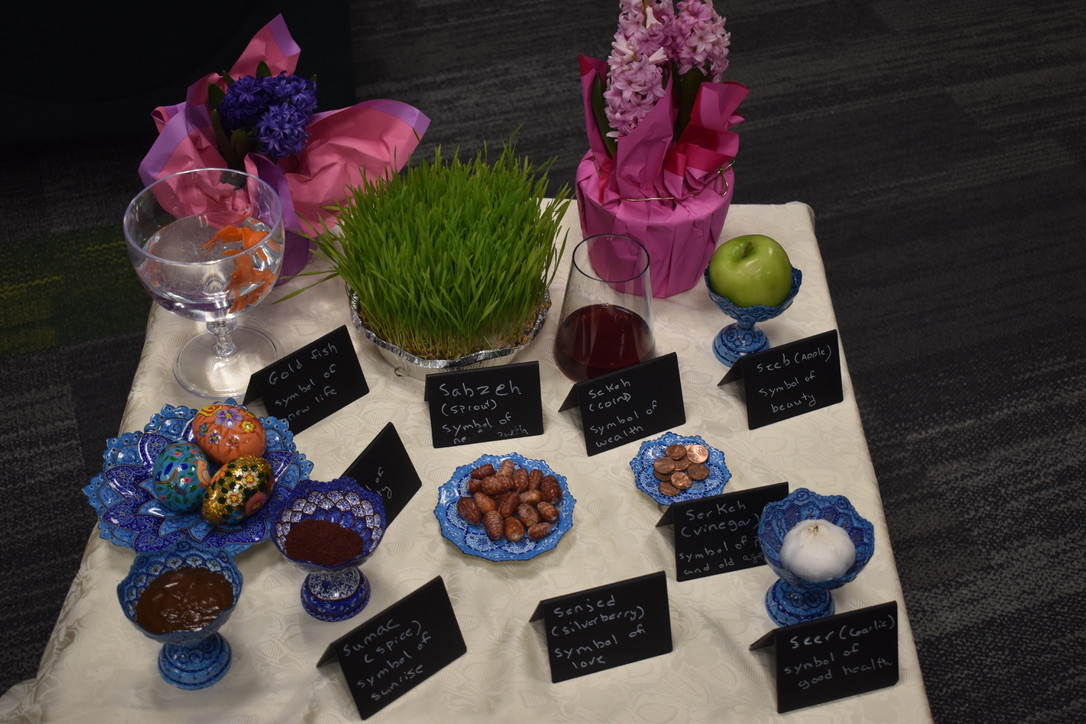











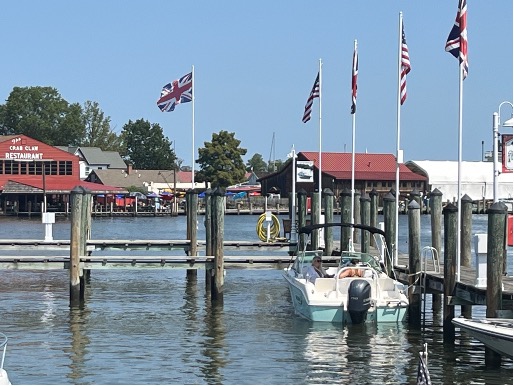





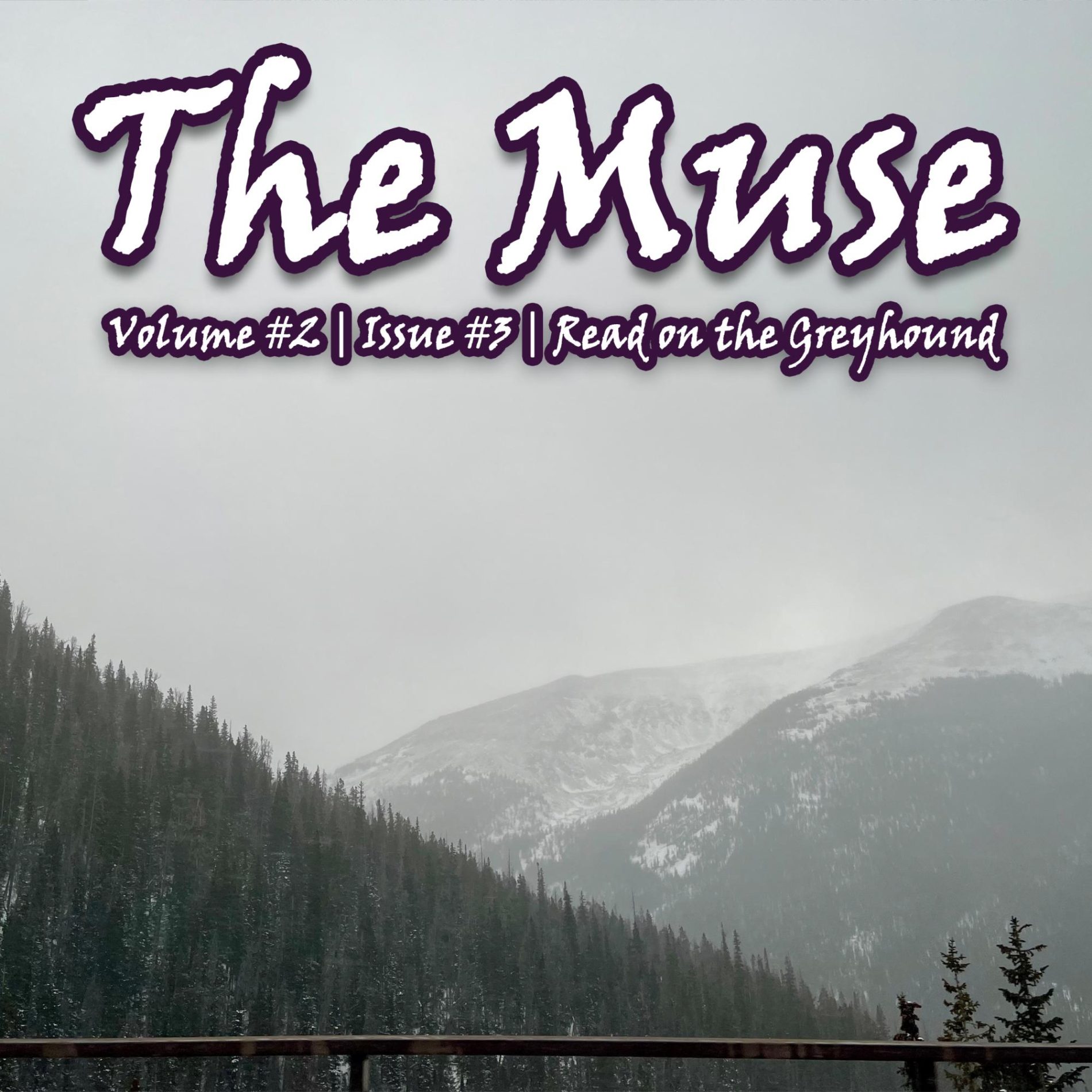
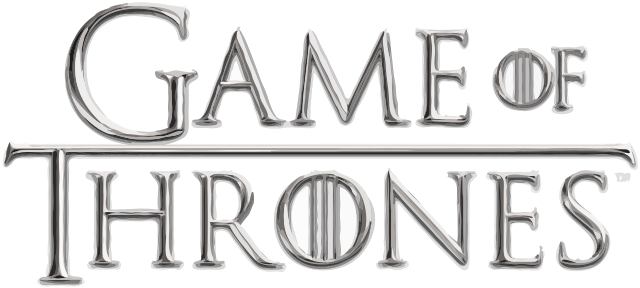
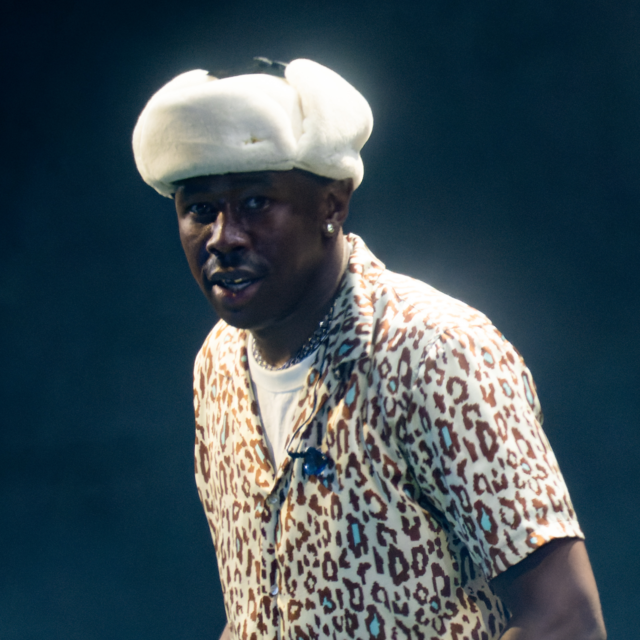
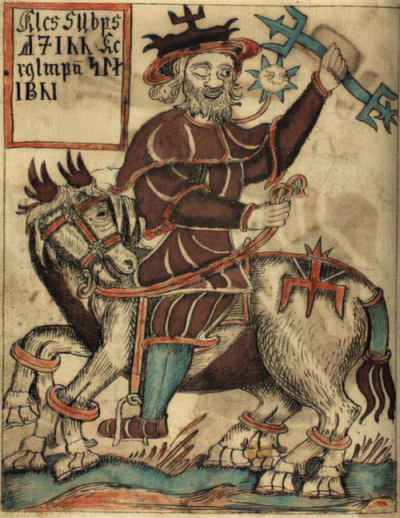



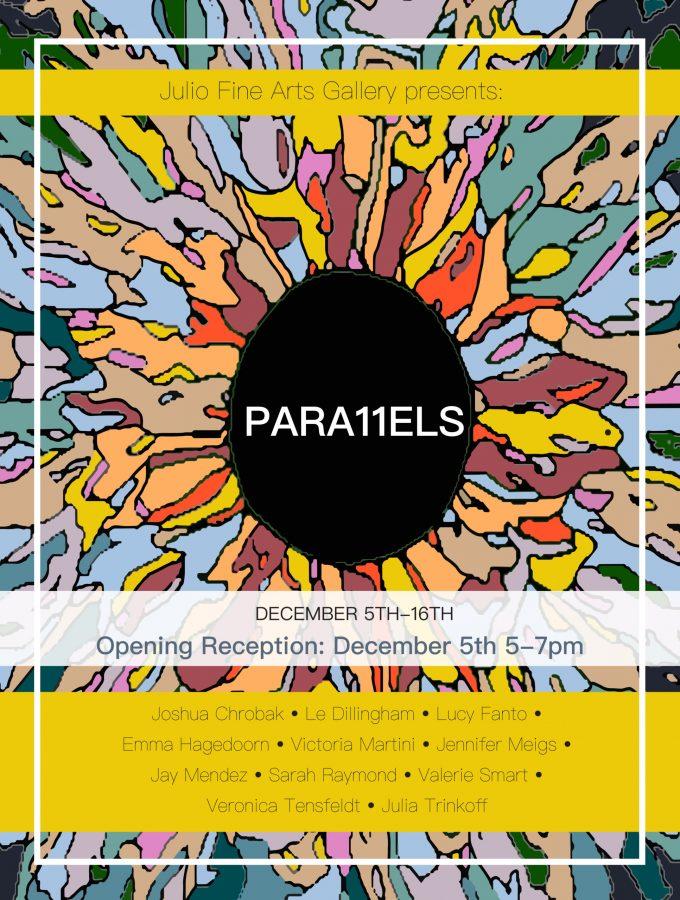



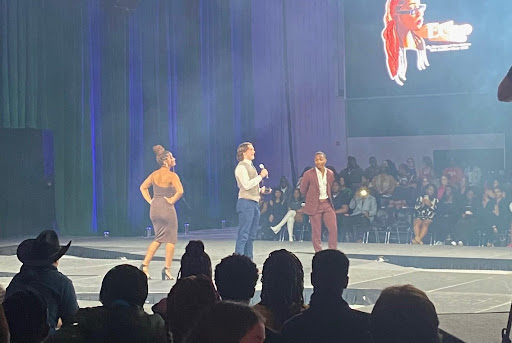

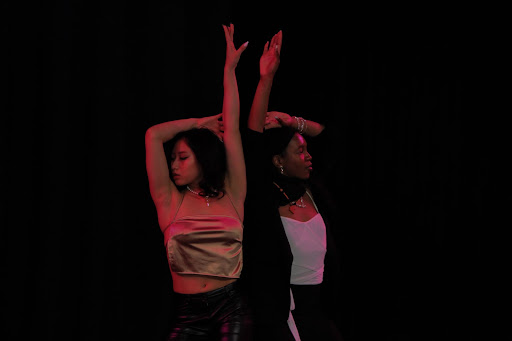

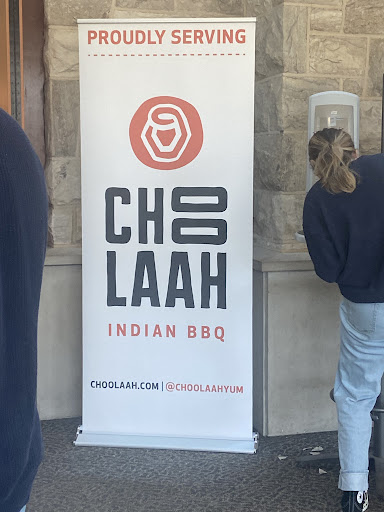



Anonymous • Sep 4, 2020 at 2:04 pm
5